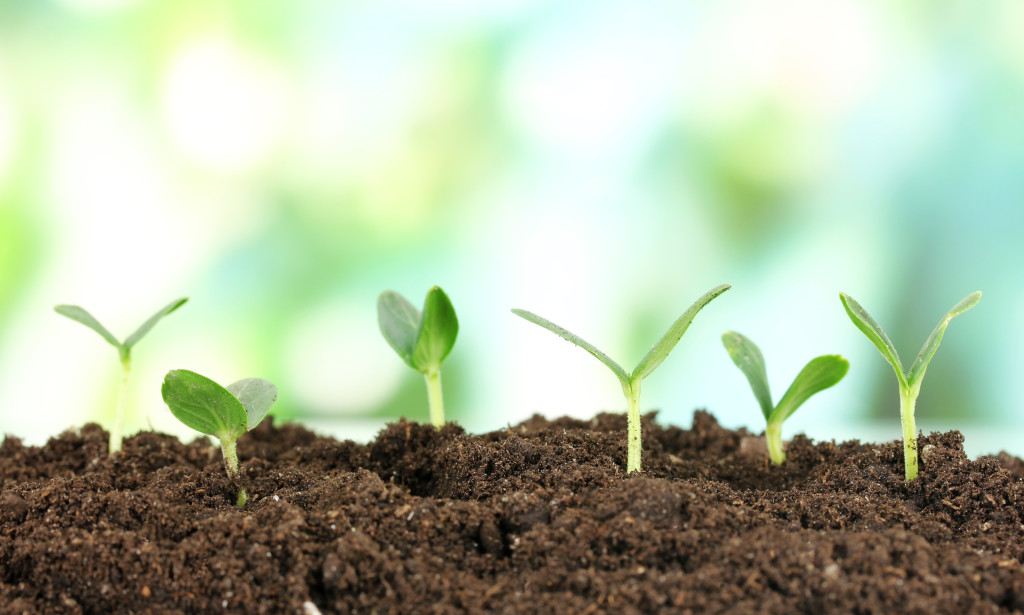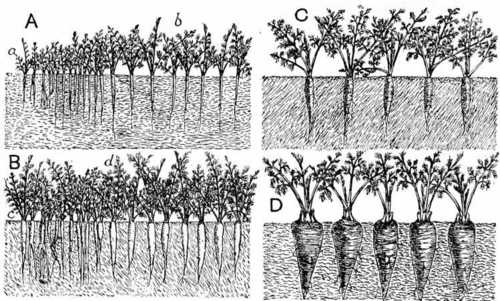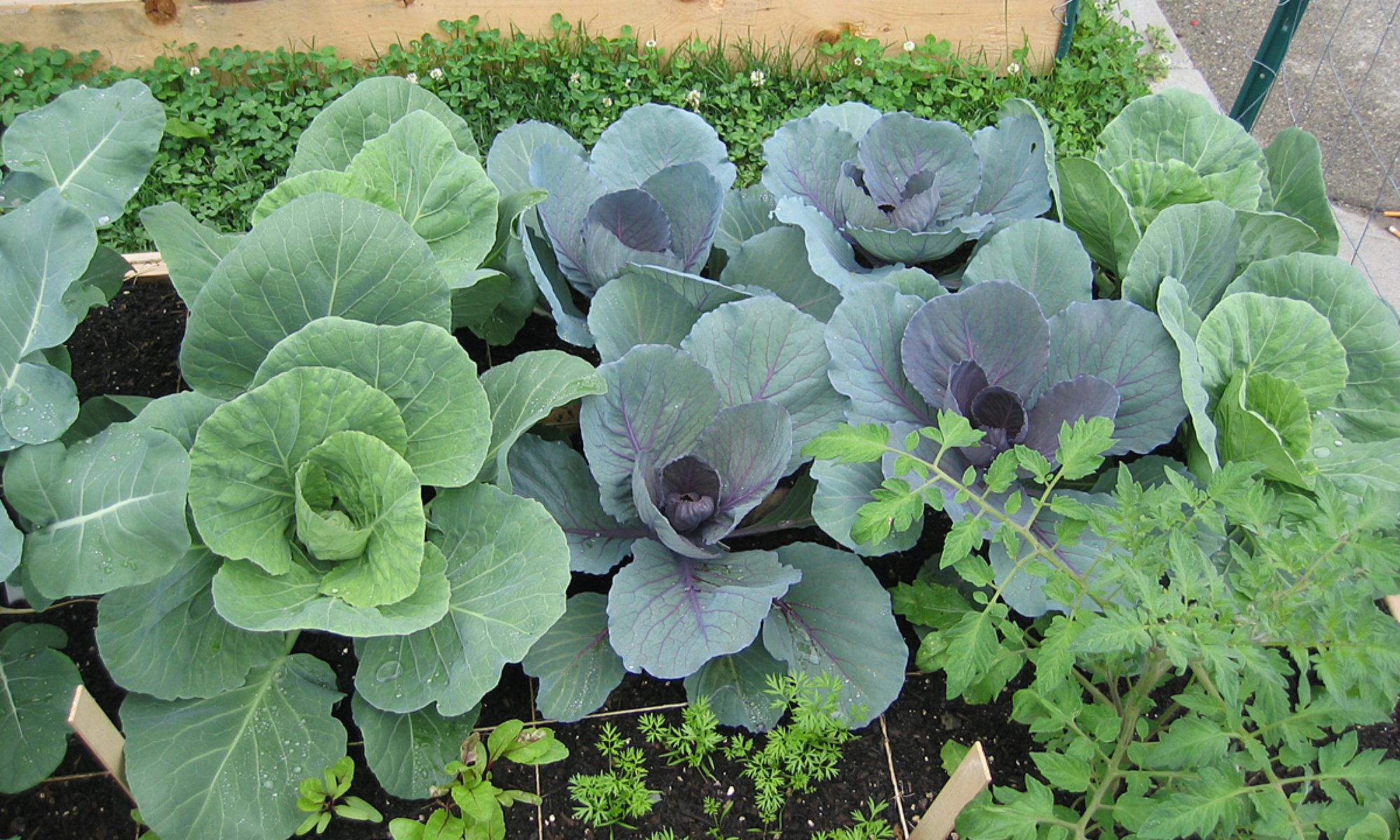
As we head into August and sow our second round of seed for a fall harvest, the process of thinning continues to stay relevant in our Teaching Gardens. Although all we sensitive gardeners feel a shot through the heart twinge of regret pulling out thriving seedlings, thinning is important for plant health. The practice of thinning allows plants adequate air flow, which prevents disease, and space to grow to maturity, which lessens the competition among seedlings for nutrients, water and light. By placing just a few more seeds than you need in each hole at planting time, and thinning later, you are ensuring that the healthiest plants survive. Plus, with thinnings from crops like lettuce, beets and spinach, you can create a micro-greens salad any fancy restaurant would be proud to serve!
Mel Bartholomew, the creator of the square foot gardening method, saw that people often wasted seed by not counting out what they planted. Instead, they dumped far more seed than necessary into a small area and eventually thinned out most of what they had planted. Square foot gardening attempts to conserve seed, time and energy by recommending 1 or 2 seeds be sown in each hole. In the case of beets, each seed is actually a cluster of seeds that will result in multiple sprouts, so only one seed is needed per hole. Once the seeds germinate, you’ll only have to pull out a few plants as opposed to many.
Carefully counting out seed also gives you the opportunity to cull, or sort, your seed. Empty a small quantity of seed into your palm and select only the very best looking seeds to plant. These will be large, plump, and blemish-free seeds. Discard any that are discolored, damaged or dried up. The practice is simple, but helps to ensure that you are only working with the best available seed, which will eventually produce the best possible plants.
Once your sown seed has produced at least two pairs of “true” leaves and the sprouts are about 3 to 4 inches tall, it’s time to thin. True leaves are the leaves that emerge after the first set of germinating leaves, which are also referred to as cotyledons or first leaves. While first leaves are typically thick and round or oblong in shape regardless of the crop variety, true leaves will be representative of the mature crop.
 (illustration credit: www.chestofbooks.com from Pictorial Practical Vegetable Growing, Walter P. Wright)
(illustration credit: www.chestofbooks.com from Pictorial Practical Vegetable Growing, Walter P. Wright)
A, a, plants unthinned; b, plants thinned
B, c, d, unthinned and thinned plants at a later stage
C, thinned plants developing well
D, thinned plants ready for harvest
Before thinning, wet the soil to reduce damage to the plants you keep in the ground. With your fingers, lightly press on the soil around the seedlings you intend to keep; with your other hand, grasp the base of the undesirable seedling and gently pull it out, being careful not to disturb the soil more than is necessary. If the seedlings are too close together to pull out without disrupting the remaining plants, use a sharp pair of scissors to snip the unwanted sprouts instead. Spacing will vary according to the particular crop, so check your Growing Guide or seed packet for the recommended spacing distance.
